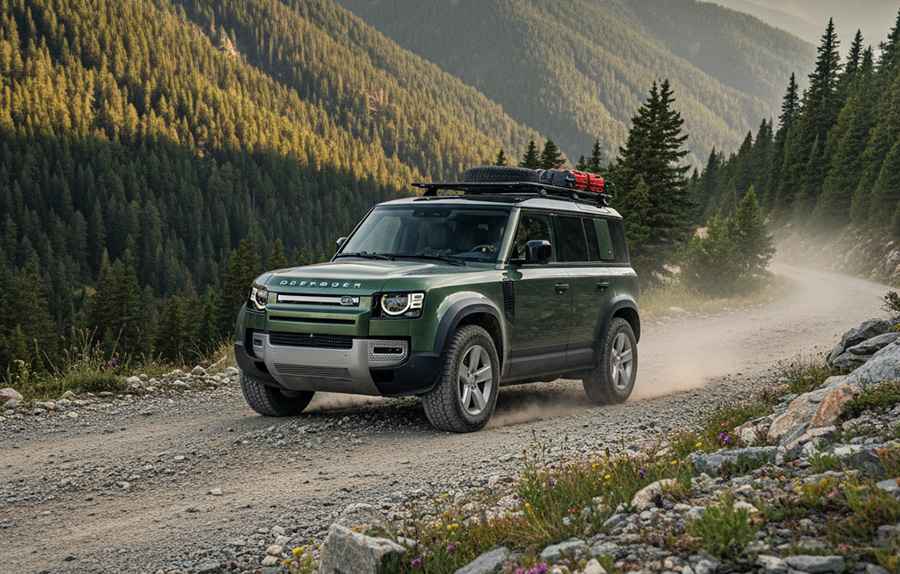Navigating Mountain Roads: How to Protect Your Car and Yourself
Whether you live on the East Coast, West Coast or somewhere in between, you're likely going to drive on mountain roads at some point during your life, especially if you travel by motor vehicle a lot for business or pleasure. Mountainous terrain can place a lot of wear and tear on a car. It's also more difficult than flat terrain because of a high number of curves and steep drops and inclines. Read on to learn more about how you can protect yourself on mountain highways and byways.

Prepare Your Vehicle Before Travel
Beyond investing in a thorough inspection, fluid top-offs, brake replacement, tire inflation and other car maintenance before your trip, you must prepare for common mountain obstacles. For example, many home and business owners choose to live on properties at the base of mountains instead of on one. You might not find help if your car breaks down or runs out of gas.
As a result, you must make certain that you have necessary equipment for safe mountain driving, such as a spare tire, wheel wedges, gas in a safe portable can, a battery charger, and an emergency satellite phone with weather alert radio and other capabilities for cell service dead zones. You also need an emergency tote that contains flares, extra clothes, a first aid kit, non-perishable, shelf-stable food and water, and hot and cold weather gear.
Learn the Route Before the Trip
Many drivers rely on GPS and voice-based driving directions to tell them what to do every step of the way. Yet, mountain roads present drivers with dangerous traffic conditions. It's too easy to become distracted or receive misinformation that can cause an accident. To keep your attention on your surroundings during the trip, study the route beforehand.
Learn as much as possible about spots that other drivers have noted as dangerous and any helpful areas along the drive, such as pull-offs, rest areas and runaway truck ramps. Pay extremely close attention to wild animal crossing warnings as well. Keep a map app with a downloadable map feature and offline access option on your phone or tablet at all times to reference during the trip. In addition, print or buy a paper map that shows detailed information about the entire region.
Act Responsibly with These Safe Driving Tips
Believe it or not, many drivers perform risky behaviors on mountains. They eat snacks or use too much speed. Mountainsides quite often have roads with narrow or no shoulder lanes and no barriers between a road and high drops. Wildlife often runs onto these roads, including bears, deer and squirrels. Additionally, vehicle engines struggle uphill, while brakes take on the most wear and tear downhill. As a result, you can't take anything for granted while behind the wheel. For example, if you need to park, your car might roll. To prevent this type of event, turn the wheels toward the mountain and use the wheel wedges.
It's critical that you maintain peripheral awareness and check road markers and signs often for warnings about animal crossings, falling rocks, speed limits and other dangers. Never pass anyone on a mountain road. If someone else wants to pass you, slow down as much as possible or pull over. Always look for curves and signs that indicate curves. Some mountain roads might have missing signs as well, which is why it's important to always look as far down the road as possible. When driving downhill, use a lower gear, never use the gas pedal, and tap the brakes as needed. Before an uphill drive, turn off the heat or air conditioning and speed up while still on a flat section of road.
As you can see, you can navigate mountain roads and protect your car and yourself. You merely need to use common sense during your journey.